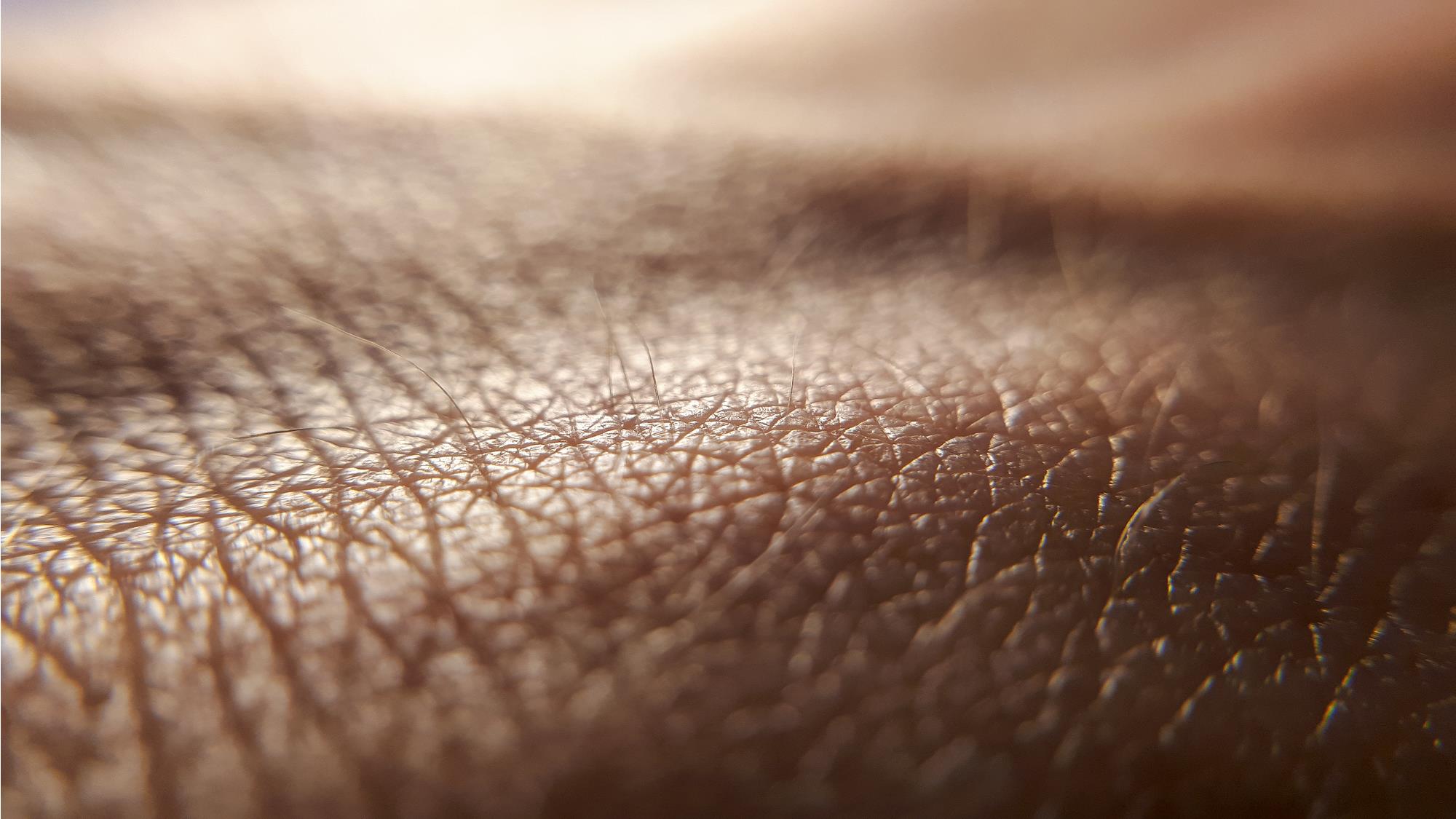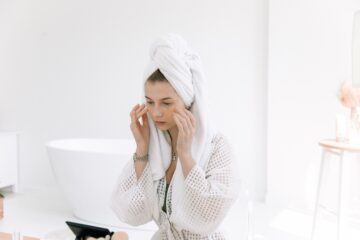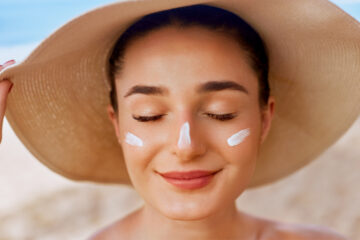In the heart of August, as summer unfurls before us with a warm embrace of never-ending days and boundless possibilities, it’s essential not to lose sight of something beyond just the fun under the sun. In this season of adventures and rest, ultraviolet rays (UV) play a crucial role in our experience. Let’s embark on a journey together to uncover the mysteries behind the UVA and UVB acronyms and learn how to safeguard our skin amidst this period brimming with energy and vitality.
UVA and UVB Unveiled
What do the acronyms UVA and UVB truly mean? These letters hold the enigma of ultraviolet radiation types. “A” leads us to type A ultraviolet rays, responsible for premature aging and penetrating deep into the skin. On the other hand, “B” denotes type B ultraviolet rays, causing sunburn and affecting the skin’s surface layers. Remembering the key is simple: think of “A” as “Ageing” and “B” as “Burning.” UVA rays persist throughout the year, even on cloudy days, while UVB rays intensify during summer. The combination of UVA and UVB rays, A + B, can result in a dangerous outcome: C (cancer), by damaging cellular DNA. Faced with these risks, it’s essential to take measures to protect our skin effectively.
Do You Know How to Choose Between SPF 30 and SPF 50?
Selecting the appropriate sun protection factor (SPF) is crucial. SPF 30 blocks around 96% of UVB rays, while SPF 50 safeguards approximately 98%. However, the difference isn’t drastic. The true importance lies in proper application and consistent reapplication every two hours. What do these numbers mean? SPF is calculated by dividing the time it takes to burn with sunscreen by the time it takes without it. For example, with SPF 30, it would take 30 times longer to burn compared to not wearing protection.
Do You Think You Apply Enough Sunscreen? Quantity Matters More Than You Think.
For traditional, chemical based sunscreens, one common mistake when applying sunscreen is underestimating the necessary amount. To achieve effective protection, it’s recommended to apply a generous amount—about a tablespoon for the face and an ounce (roughly the size of a shot glass) for the body. Reapply every two hours, especially after swimming or sweating, to maintain protection. However, for physical barriers as those in the eco friendly sunscreens, it often is a lot less since these work by creating a layer of protection over your skin and in doing so, they do not penetrate into your body and affect your cell metabolism like the chemical ones. They have the added benefit of not interfering with your metabolic system and also protect you immediately, from the point of application.
Golden in Minutes or Lifelong Health? The Enchantment of bronzing lotions.
The allure of an enviable tan often entices us, but the cost of sun damage doesn’t match its fleeting beauty. So why not opt for a safer alternative? Bronzers offer the desired golden hue without the risks of UV rays. Wondering if tanning accelerators are worth it? The truth is that exposing yourself to the sun for a quick tan not only poses serious risks to your skin’s health but can also result in uneven tan lines and spots. Choosing products that promote a gradual and healthy tan is the smarter option.
How Can You Protect Your Skin Day and Night?
As the sun becomes a constant companion to your days, your skin yearns for specific care. Upon waking, before facing the daylight, start with a gentle facial cleanser made with natural ingredients, followed by a toner and vitamin C serum for protection and radiance. Hydrate with a serum with hyaluronic acid, ferulic acid and vitamin E like Ultra Advanced Antioxidant serum, this will protect your skin from free radicals, strengthening its barrier properties. Don’t forget an eye-specific contour. Lastly, facial sunscreen is essential, for an effective, organic protection try Pearlescent Eco Protect Sun & Age Shield in SPF30 or SPF50.
Upon returning from your day under the sun, pamper your skin properly. Rehydrate and calm with a specific after sun lotion like Yuzu Moisture Lock recovery lotion. At night we recommend a double cleanse with a specific oil first followed by a water-based cleanser to remove all traces of makeup, impurities or sunscreen. Afterwards nourish with a serum rich in regenerating ingredients like Reishi, hydrate with hyaluronic acid and soothe with calendula-based products. We recommend the Wondrous Regenerating Serum for a skin tightening boost. Before sleeping and, if needed, opt for products with bakuchiol—a natural ingredient with properties similar to retinol but gentler on the skin—to address facial blemishes and wrinkles. Products like this are ideal for sensitive skins that have rosacea like redness or atopic dermatitis. Conclude with a moisturizer containing ceramides and peptides as well as hyaluronic acid for night-time rejuvenation to give your skin the best chance to reset itself during the restorative sleep hours.
So, there you have it—a guide to navigate the enigma of UVA and UVB rays, learn to choose and apply the right sunscreen, and even discover alternatives for a safe tan. The next time you face the brilliant sun, you won’t just be armed with knowledge but also the confidence needed to protect your skin and radiate your own light. Ready to embrace each sunny day to the fullest and shine with your unique glow!




